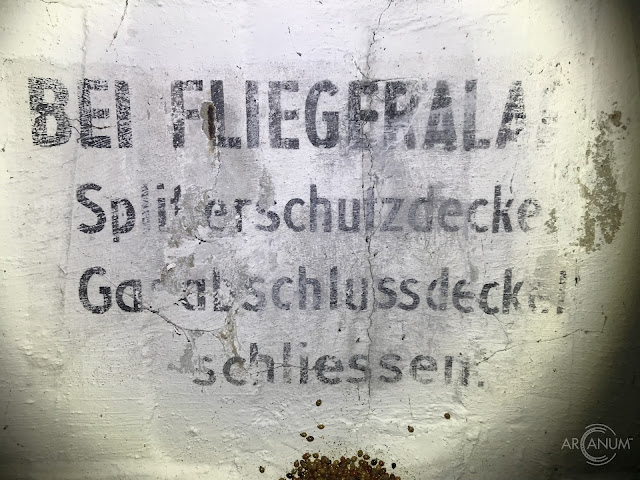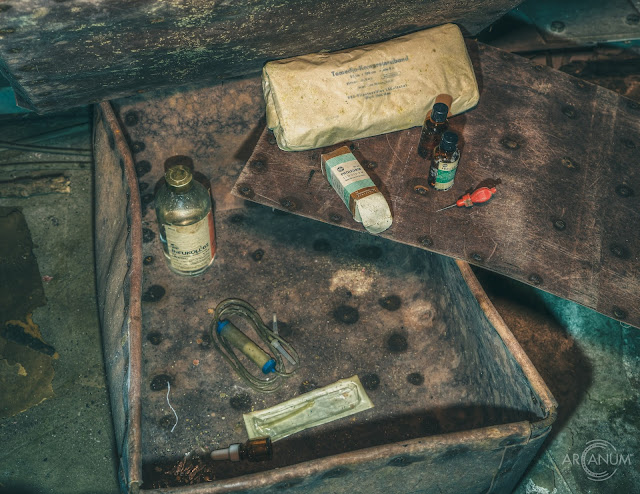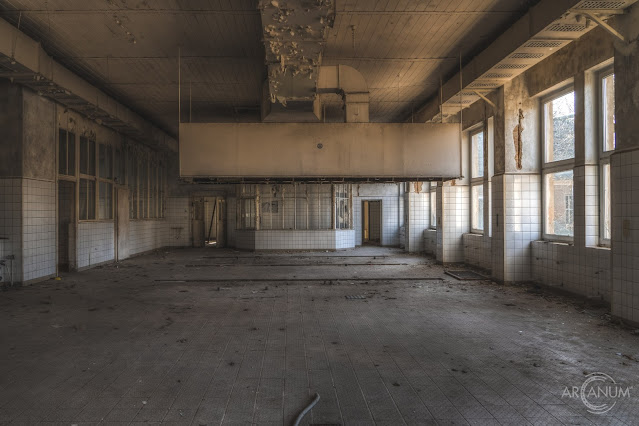The town of Wünsdorf south of Berlin was not only the High Command of the Soviet Forces in Germany during the Cold War and the nerve center of the Wehrmacht during World War II - it also has a very high concentration of air-raid shelters of the construction type "Winkel", so named after their inventor Leo Winkel and known for their remarkable shape that was originally inspired by the "campaniles" - free standing church towers in Italy.
Of the around 200 "Winkel-Bunkers" that were built during World War II, 19 were built in Wünsdorf alone due to the high concentration of military officials there at the time.
My business trip to Berlin had started a few days before with a great tour together with my friend Toeppi from Fotodokumentationen, and only a few days later, I got the chance for another explore! It was Wednesday, and I was able to get off work a bit earlier, so Toeppi picked me up and we drove South to check out some pointy bunkers :)
Especially one of the bunkers had sparked our interest, because there was a rumor that it was open, so we hoped that we'd be lucky enough to get an inside peek. There was a public parking area, and we only had to walk a few meters until we reached the bunker. I had seen a few shelters of this type before, but mainly near railway depots while riding a train, and I'd never seen one up close. But standing next to it, the size was pretty impressive - although it's hard to imagine 600 people crammed inside while bombs are exploding on the outside. As if to illustrate my point, there is another one of these shelters almost right next to it, that clearly shows the typical damages of artillery fire (or at least nearby explosions).
The door to the bunker was in fact open. I was surprised how clean it was. From the look of it, the bunker maybe had been used for civil defense during the Cold War, which would explain why the ventilation still looked in pretty good shape. Another possibility is that someone planned to keep it up and turn it into a museum - I don't know.
Although there wasn't much left in terms of furniture or equipment, the original writings on the wall together with the not really ample space conveyed the wish to not ever have to share a place like this with 600 other people during an aerial attack.
After we'd explored all floors of the bunker, we took the time to wander around in town to find more of the "Winkel" bunkers, and we did find a few. Most of them had been destroyed in accordance with the Potsdam Agreement - but they were just left where they were and now have become a part of the landscape and are being used as playground by children.








































